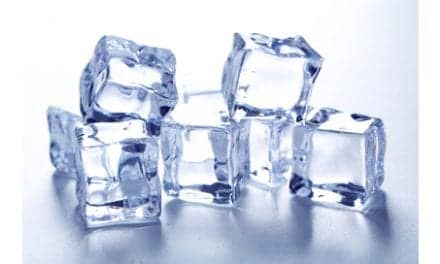Women should think twice before buying their next pair of high heels or pumps, according to a statement from researchers at the Institute for Aging Research of Hebrew SeniorLife, Boston, in a new study of older adults and foot problems.The institute is an affiliate of Harvard Medical School.
The researchers found that the types of shoes women wear, specifically high heels, pumps, and sandals, may cause future hind-foot (heel and ankle) pain. Nearly 64% of women who reported hind-foot pain regularly wore these types of shoes at some point in their life, says the statement.
Alyssa B. Dufour, a graduate student in the institute’s musculoskeletal research program said in that statement that researchers "found an increased risk of hind-foot pain among women who wore shoes, such as high-heels or pumps, that lack support and sound structure."
Published in the October issue of the journal Arthritis Care & Research, the study is one of the first to examine the association between shoe wear–beyond just high-heel use– and foot pain. The researchers, who analyzed foot-examination data from more than 3,300 men and women in The Framingham Study, say past shoe wear among women is a key factor for hind-foot pain. They found no significant link between foot pain and the types of shoes men wear.
While foot pain is a common complaint in the US adult population–foot and toe symptoms are among the top 20 reasons for physician visits among those 65 to 74 years of age–relatively little is known about the causes of foot pain in older adults, according to the statement. Women are more likely than men to have foot pain; however, it is not known if this is due to a higher prevalence of foot deformities, underlying disease, shoe wear, or other lifestyle choices, it says.
From a list of 11 shoe types, study participants were asked about the one style of shoe they wear on a regular basis, what they regularly wore during five age periods in the past, and if they experience pain, aching, or stiffness in either foot on most days. Nearly 30% of women and 20% of men reported generalized foot pain, which is in line with other foot-pain studies. Dufour’s team, however, found a significant association in women who reported hind-foot pain and past shoe wear that included high heels and pumps.
The shoe types were classified as "poor" (high heels, pumps, sandals, slippers), "average" (hard- or rubber-soled shoes and work boots), and "good" (athletic and casual sneakers). More than 60% of women reported wearing "poor" shoes in the past, compared to only 2% of men (13% of women said they currently wear "poor" shoes).
When we walk, a significant biomechanical shock is delivered to the foot each time our heel strikes the ground. "Good" shoes, such as sneakers and other athletic footwear, often have soles and other features that soften this shock and protect the foot, says the statement. The heel and ankle take the brunt of this shock, which may be why women who wear high-heeled shoes often report pain in this part of the foot.
"Young women," says Dufour, "should make careful choices regarding their shoe types in order to potentially avoid hind-foot pain later in life."
Poor-fitting shoes can cause a number of foot problems for diabetics and nondiabetics alike, and they can cause bunions, corns, calluses, hammertoes, and other disabling foot problems that are a significant public health risk in the United States, says the statement. More than 43 million Americans have foot problems, many of which are serious enough to warrant medical attention, it says
Dufour suggests the following tips for making sure your shoes fit properly:
Comfort–rather than style or fashion–should rule shoe selection.
Judge shoes by how they fit, not by the size marked on the box; shoe sizes vary by brand and style.
Have both feet measured when you purchase shoes; foot size increases with age.
Fit shoes to your longest foot; most people have one foot that is larger than the other.
Avoid high heels and shoes with pointed or tapered toes.
Fit shoes at the end of the day when your feet are their longest.
Try on both shoes and walk a few steps to make sure they are comfortable.
When the shoes are on, wiggle your toes to ensure that you can move them freely.
Dufour says to keep in mind this basic principle: your shoes should conform to the shape of your foot–your feet should never conform to the shoes.
[Source: Hebrew SeniorLife Institute for Aging Research]




